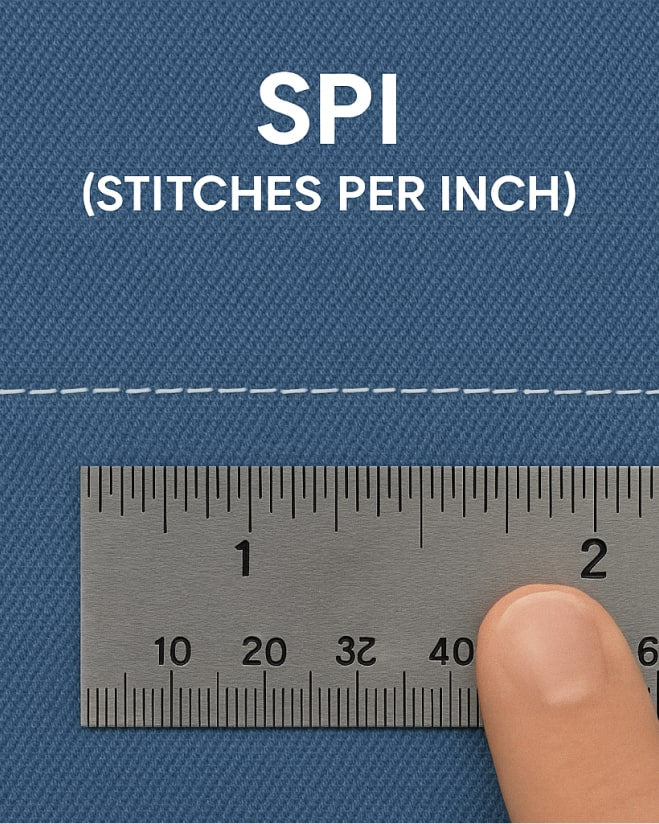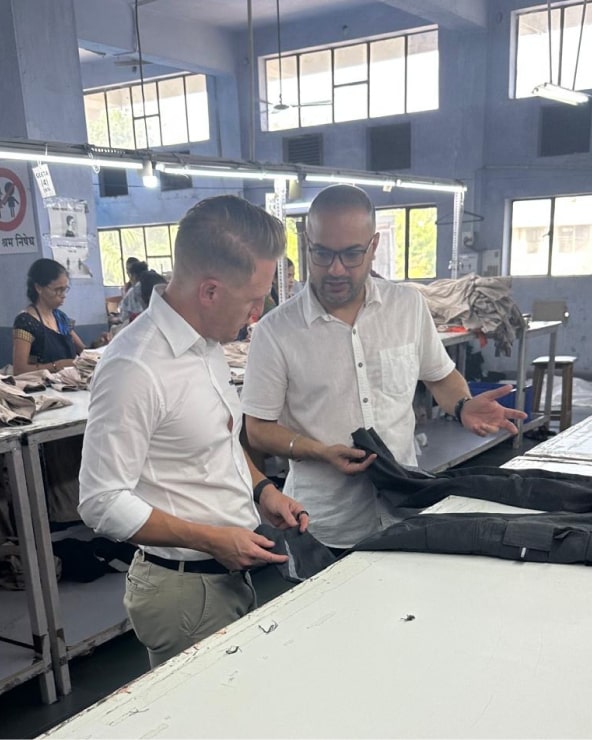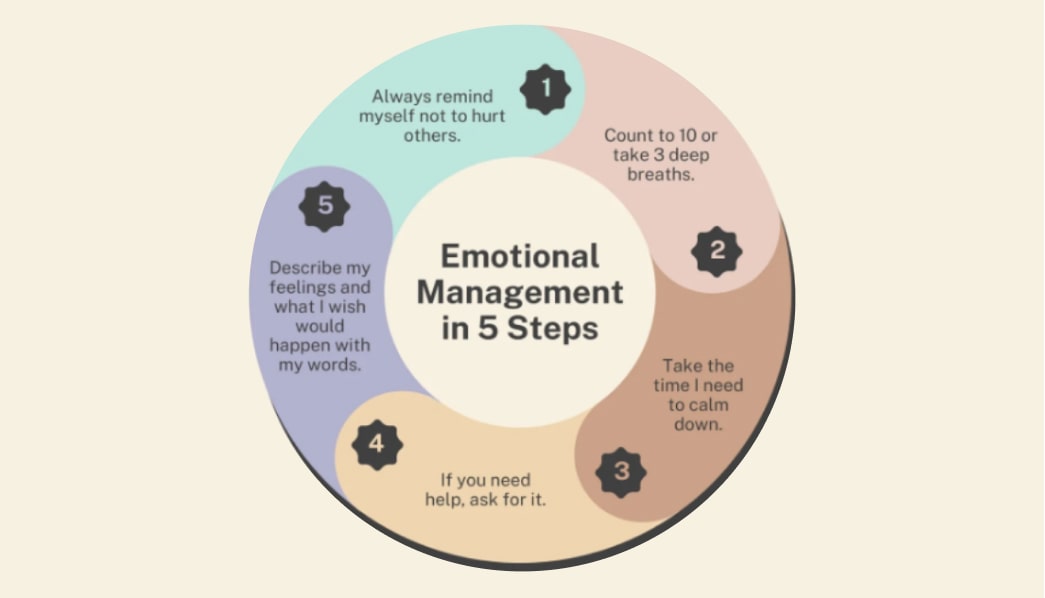built to last
We’ve spoken to hundreds of workers across Australia and the same problems keep coming up:
- “Every brand has a different size chart.”
- “My shirts shrink after one wash.”
- “This one’s tight in the shoulders but loose around the waist.”
- “I’m done with itchy, stiff, chafe-inducing fabric.”
If that sounds familiar, you’re not alone. That’s exactly why we designed Eureka Safety gear the way we did.

Ripstop Fabric
What is it?
Ripstop is a special weave that reinforces fabric with a grid of thicker threads, stopping small tears from becoming big ones.
Why it matters:
Your gear lasts longer, resists snags and rips, and stays looking sharp. That’s why every Eureka Safety shirt and cargo pant is made from ripstop cotton.

Stitch Per Inch (SPI)
What is it?
SPI refers to how many stitches are sewn into every inch of your garment. Higher SPI = stronger seams.
Our standard?
10–12 SPI for most garments, more than many brands, ensuring durability, structure, and fewer seam failures.

Consistent Sizing
You shouldn’t have to guess your size. If you’re a Large in other major workwear brands, you’ll be a Large in Eureka Safety too. Our sizing is tested to match industry expectations, making the switch simple for teams and wearers.
Third-Party Audits on Every Purchase Orders
Every production order is independently inspected before it leaves the factory. That means an outside quality expert checks stitching, construction, measurements, and packaging, before it ever reaches our warehouse.

4-Point Quality Check
Your gear passes through four key checks:
- Raw materials
- Mid-production stitching
- Final assembly
- Pre-packing inspection
Every checkpoint is there to catch flaws early, so you get the quality we promise, every time.

Want to see exactly how we manage quality control and assurance at Eureka?
We’ve documented our full QA and QC processes so you can see what goes into every garment we make, from raw materials to final inspection.
- Audit procedures
- SPI and seam tolerances
- Inspection checkpoints
- Pass/fail criteria
Whether you’re a procurement manager or a team lead, this gives you complete confidence in the products your people wear every day.